When Ed Jackson climbed Mera Peak his left leg kept buckling under him. At almost 6,500m, it’s the highest trekking peak in Nepal, with less than half the oxygen saturation you find at sea-level. Climbing it with two fully functioning legs is tough, but Ed is an incomplete quadriplegic, with limited mobility on his left side and no sensation of pain or temperature on his right.
When walking, his knee tends to collapse inwards and sometimes goes into spasm, his leg stuck rigidly straight. ‘What would make this easier,’ he thought, as he heaved his way up through the thinning air, ‘would be a strap on the left thigh so that I could lift it with my hand.’
He topped Mera Peak – becoming the first quadriplegic to successfully do so – in 2019, two years after the pool diving accident that broke his neck and ended his rugby career.
At the time, he was told he would probably never walk again. Now, in 2025, he’s summited several more mountains, branched into technical climbing and is currently preparing for a possible first ascent (not as a quadriplegic but of anyone, ever) in Kyrgyzstan late this summer.
Grit, commitment, resource, community and attitude have all helped him on the way but so has having the right tools for the job – now when he walks, he can manoeuvre his left leg with a loop attached to his trousers.

The one he thought of in Nepal and which Berghaus, for whom he is an ambassador, made a robust, material reality. “I realised that, if this helps me, then it can help others,” he says.
That’s the kind of thinking that led him to launch Millimetres 2 Mountains (M2M), a charity that supports people with mental health struggles through mentorship and time outdoors. And it’s the kind of thinking that led to the formation of Berghaus Adapts, a programme that could change gear design for everyone.
Mick Fowler, who also works with Berghaus, has been climbing since he was eight years old, squirming up damp mossy chimneys in Tunbridge Wells.
As an adult, he spent his entire working life fitting exploratory Alpine expeditions into annual 30-day periods of leave from the office. Most recently, he (68) and long-time climbing partner Victor Saunders (74) made the first ascent of Yawash Sar, a previously unclimbed peak in the northerly reaches of the Karakoram, Pakistan.
“There’s nobody else anywhere around. Nobody in the valley that you’re in. Probably no climbers within 30-40 miles. And you think… this is just absolutely fantastic,” he says.
He has won the Piolet D’or (the world’s most prestigious mountaineering award) three times so far for exactly these kinds of climbs: bold Alpine-style ascents on as-yet unmapped, unclimbed peaks in the Greater Ranges. This one, however, he did with a stoma and after surgery which left him with permanent painful scarring on his buttocks.
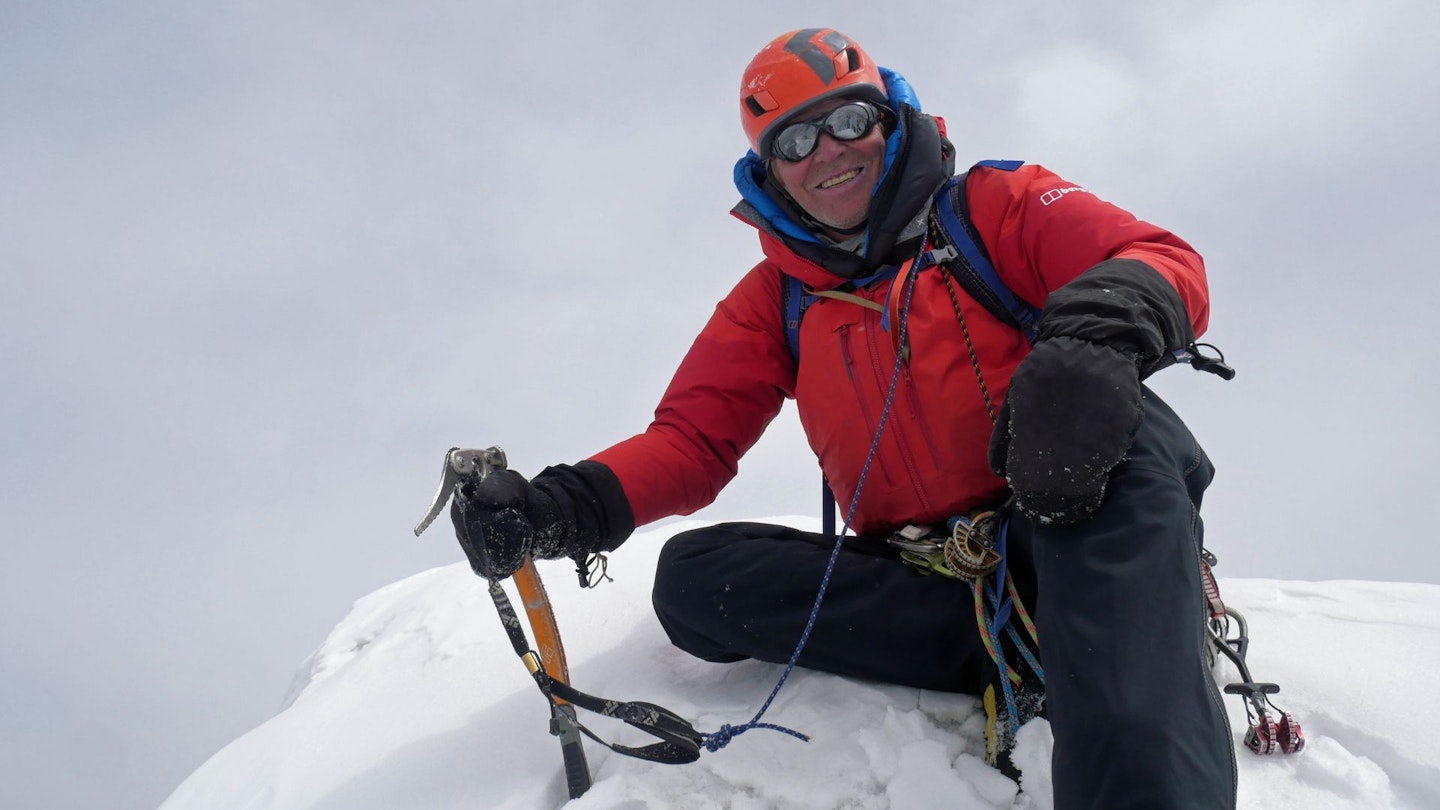
In 2017 (the same year, coincidentally, that Ed Jackson had his pool diving accident) Mick was diagnosed with squamous cell carcinoma. After an initial treatment of intense radiotherapy and chemotherapy the cancer returned and, in 2018, he underwent surgery to remove the lower part of his digestive tract.
“My anus and rectum were removed and to fill the gap they cut huge pizza-shaped slices, one in each buttock, and slid them round to fill the space, so I don’t have any padding in my bottom,” he explains.
“The stoma was difficult to get used to but the bit of the operation that has caused me the most inconvenience was the scarring on my bottom. Sitting down, even now six years later, is really uncomfortable.”
The importance of experience
Since the cancer, Mick has continued climbing – his first expedition came only eight months after the operation.
“Berghaus has always helped me in sorting out equipment and clothing which is appropriate to me,” he says, “and that’s taken into account my peculiarities. For example, I have Raynaud’s Syndrome and suffer pretty badly from cold fingers. So we worked on some fleece-lined Kevlar mitts that are strong and warm but thin enough to allow some dexterity.”
Berghaus has been making adaptations to personal kit for Ed and Mick for years, but now, for the first time, these adaptations have been made available to the public.
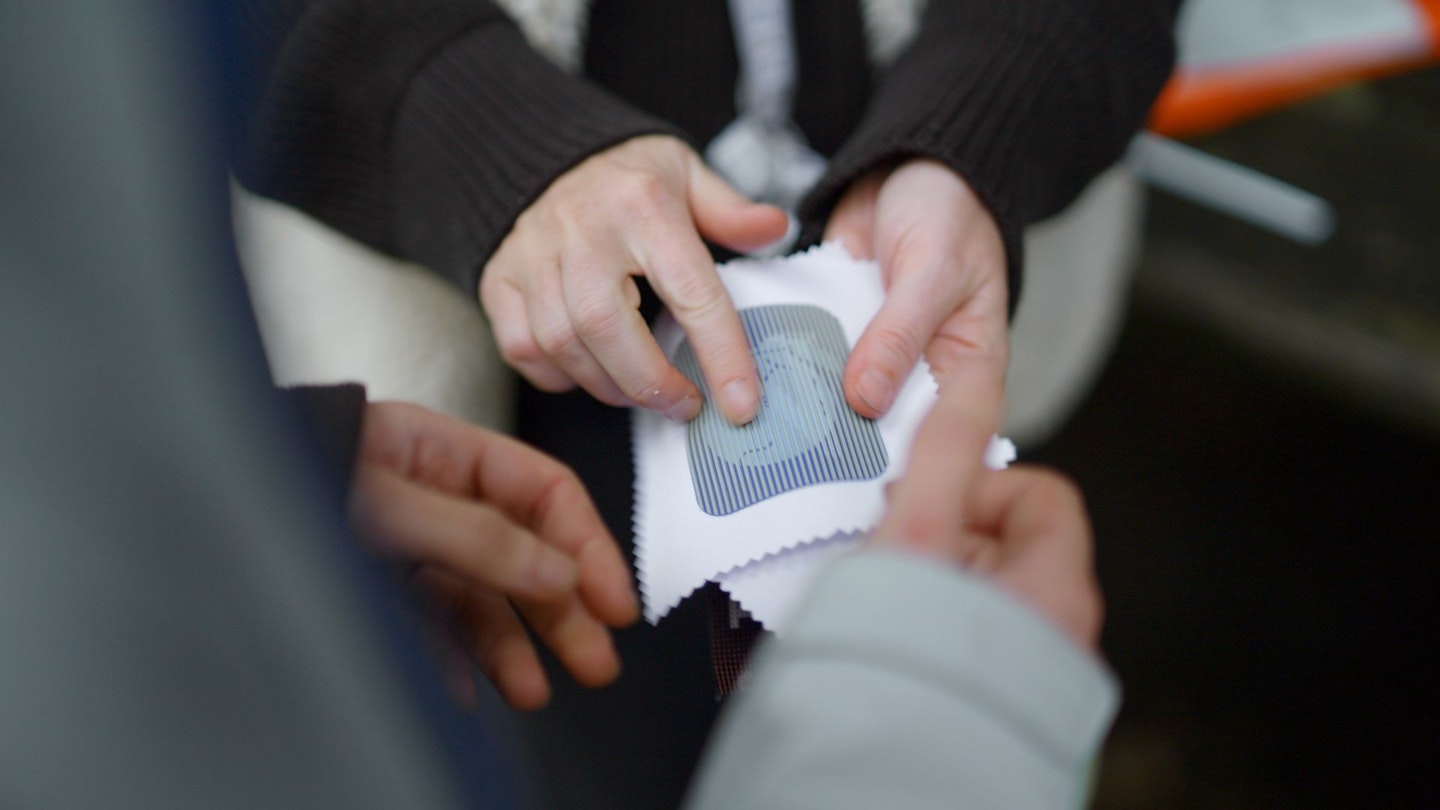
Based out of the repair house in Sunderland, the brand is working with a cohort of applicants to develop bespoke adaptations to clothing and equipment. It’s not the only programme emerging right now.
Other outdoor brands including Finisterre, Salomon and Arc’teryx are also working on adaptive clothing and equipment, incorporating elements like prosthetics and exoskeletons through the design.
Alice Sainsbury is an external consultant in technical sportswear design. In 2015 she developed a lifelong incomplete spinal cord injury caused by neurological disease and initially came to the project as a beneficiary of M2M.
“I realised that you needed people with lived experience and technical knowledge to bring the Adapt project to life,” she says. She started working directly with participants to understand the needs and nuances of their disabilities and develop clothing and equipment that worked for them simply and seamlessly.
Some of these adaptations might be relatively straightforward to put in place, using existing technology and materials – such as a strategically placed waterproof zip to aid venting on a waterproof jacket. Ed, for example, doesn’t sweat below his injury site, so all of the venting needs to happen through his upper body.
“Extra vents in the top of the jacket make a big difference to me,” he says. Other adaptations have prompted the development of whole new areas of technology in outdoor gear.
The use of technology
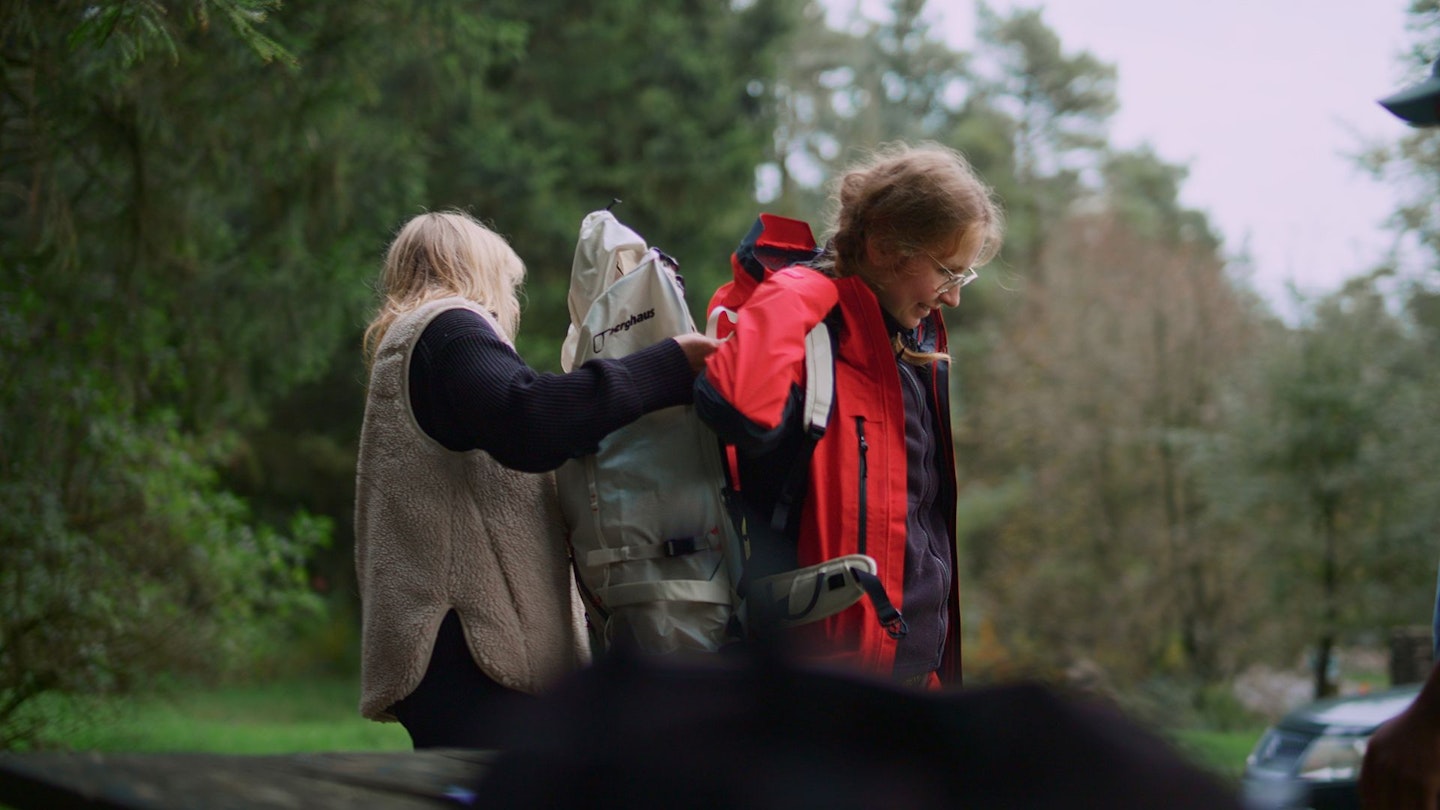
“In the past I worked on assignments for the military,” says Alice. “Because they’re always holding artillery, you have to do everything with one hand, but in the military there’s a lot more innovation. So we took something that they had used, a one-handed magnetic zip, and added it to clothing for one of our beneficiaries, Tom, who experiences weakness in his left side.”
Rather than having to slot one end of the zip into another in order to do it up, the two sides simply clip together so he can easily and quickly use it with one hand. Another of the athletes Alice has been working with is Caroline Pakenaite, who aims to be the first deafblind woman to climb Everest.
“She has tunnel vision,” explains Alice, “so we’ve attached bright fluorescent strips to her mountain guide’s cuffs and the hems of his trousers which are picked up in her headtorch beam, so she can follow in his footsteps. For communication, she and her guide are wearing something called a haptic device that works like sensory Morse code.”
This kind of communication technology has the potential to radically change the ability of deafblind people to access the outdoors but it could be a game changer for high-level mountaineering too, when the intensity of the elements mean you can’t see or hear your partner.
The potential
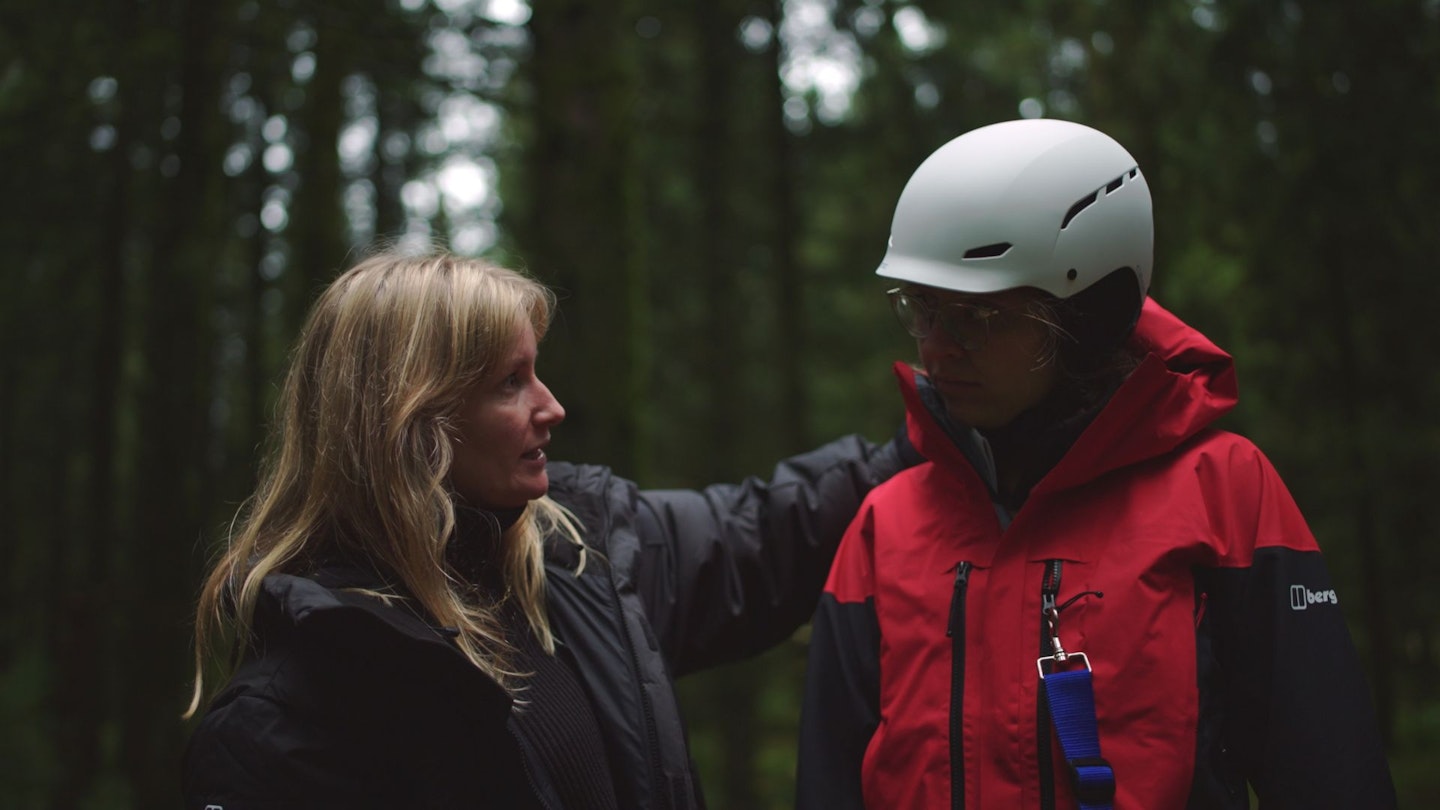
Alice’s involvement moved the Adapt project from a personal service for Berghaus athletes to something much bigger. “At the end of the day we’re all human,” she says, “and are we really catering to our human needs at the moment? I don’t think so.”
Though the Adapt project is currently small, starting with a number of bespoke alterations, the vision is larger and the implications for the gear industry as a whole are enormous. “I feel like we’re at the forefront of designing with human beings and bodies in mind,” says Alice, “taking into account different body shapes, needs and stages in life.”
The UK has an ageing, but still very active, population, and some of the primary issues that people are faced with are around dexterity and mobility, and bladder and bowel function – exactly the issues that much inclusive design addresses.
“When Alice got involved, we realised it’s not just other people with disabilities,” says Ed. “It could also extend people’s time outdoors as they get older.” Some of the designs – such as a zip that goes more than halfway down your crotch – could make going to the toilet easier for people in wheelchairs and women when togged up in multiple layers and a climbing harness.
“Simple things like bigger zip loops benefit me because I’ve got limited hand function,” says Ed. “But that’s useful for anyone at high altitudes or in winter mountains where your hands are cold and you might not want to take your gloves off.”
“This is what we call universal design,” says Alice. “Think of the electric toothbrush or texting. Those were assistive technologies for people with disabilities that now help us all.”
One part of a bigger solution
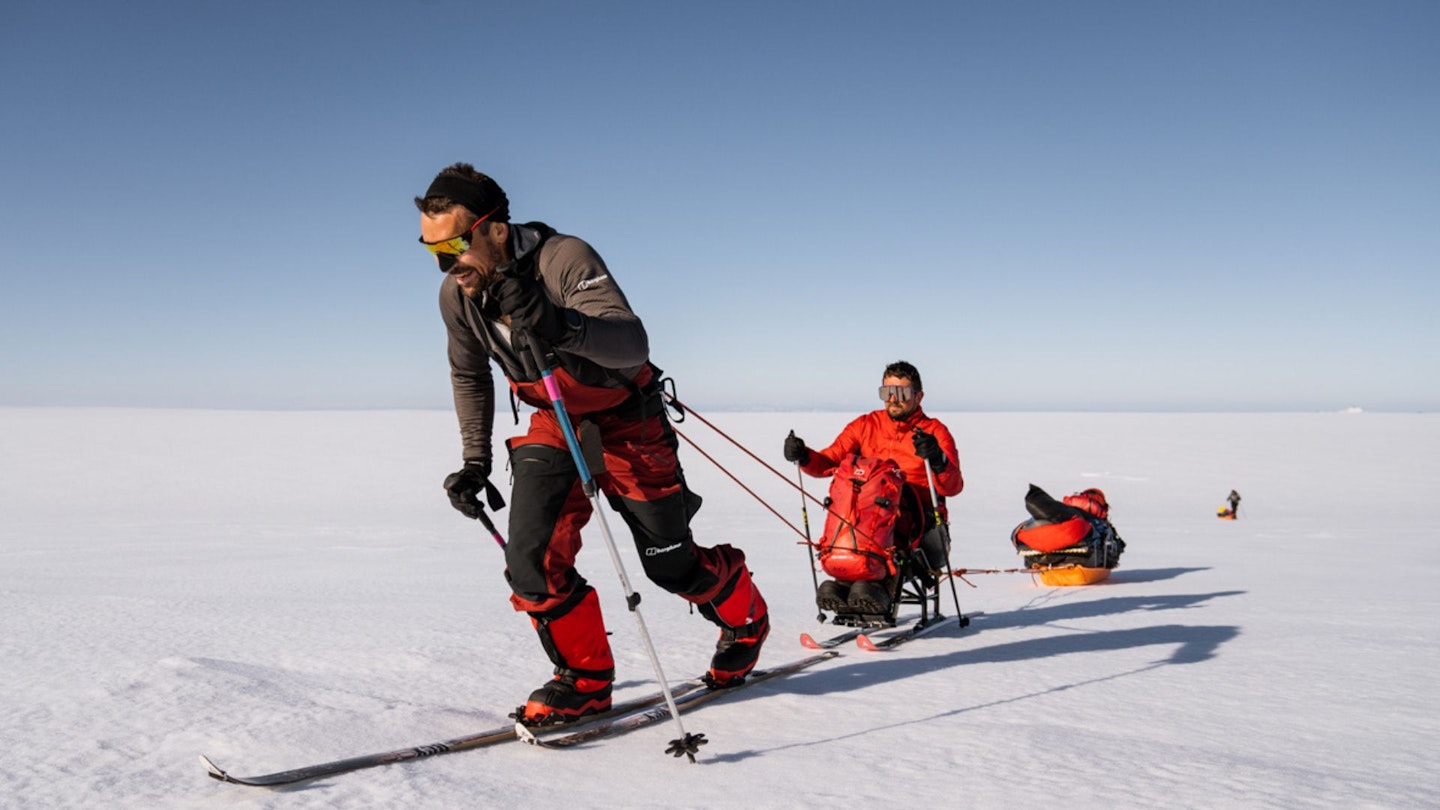
An estimated 16.1 million people – just under a quarter of the UK population – have a disability. And though many people are born with disabilities, most become disabled at some point later in life, often following a significant trauma event.
“We’re great believers in the outdoors being a massive healer and getting outside being something everyone should do,” says Ed. “And people who have a disability or have experienced trauma often need it the most urgently.”
It’s too simplistic to point to the outdoors as a cure-all when the reality is far more complex. But for some people, as it was for Ed, the ability to not just go outdoors but to explore new landscapes, grow a skill-set and meet a new adventurous community could be transformative.
“I suppose it’s quite weird to get into mountaineering after having a spinal cord injury,” he muses. “I don’t think I’d ever really appreciated how important being outdoors was for my mental health until I was in a hospital for six months and unable to go out.”
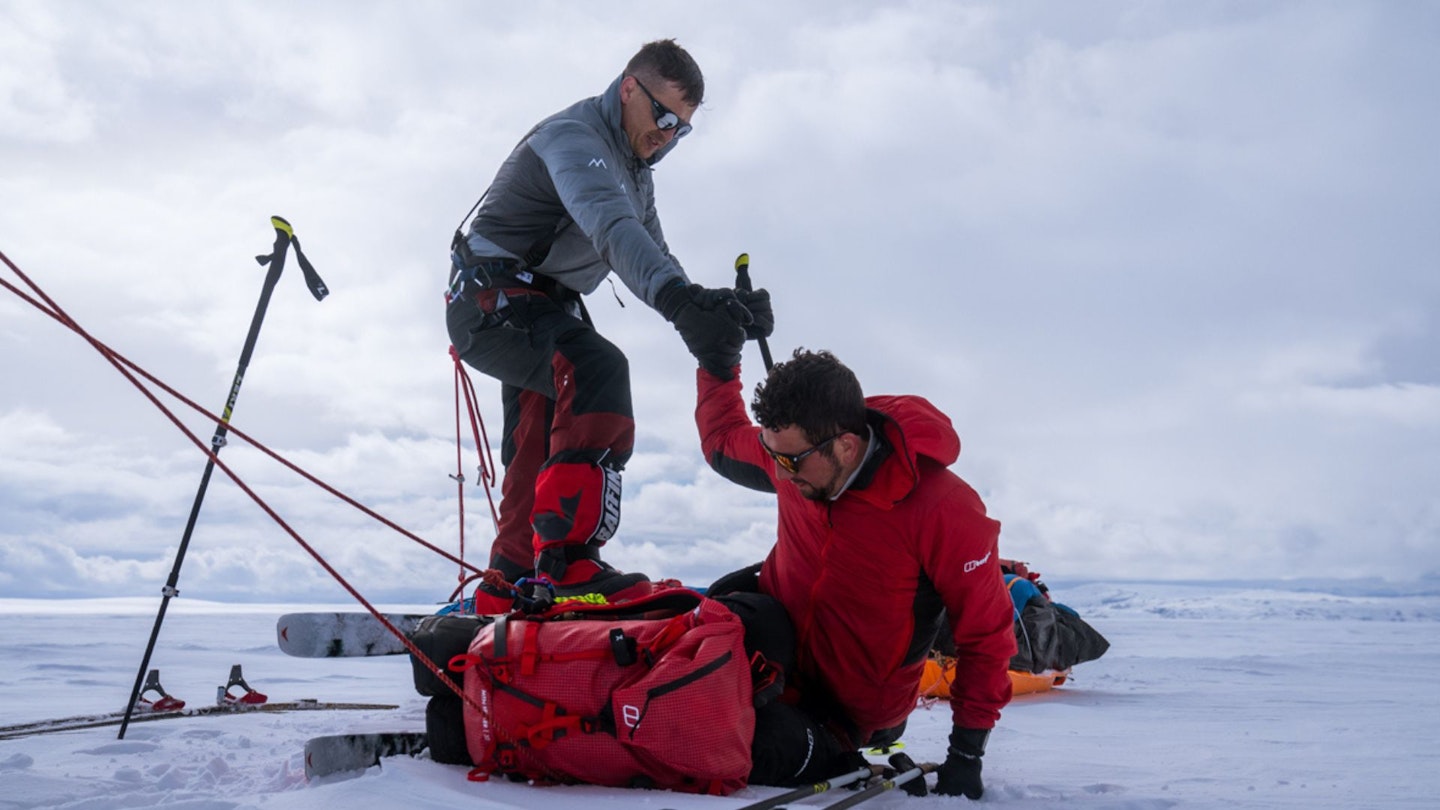
For others, like Mick, it’s simply about continuing to do what you always loved. “It is incredible what you get used to,” says Mick, “and for me personally now, I don't think about it.”
This is the goal. For adaptations to just be part of the kit, something you don’t have to think about and that just works. But there’s another side to this development too.
“We want to expand the vision of what is possible if you have physical limitations,” says Ed. For Alice this is core. “So much of what we’ve done and are trying to do is about changing the way that people perceive disability, perceive who the outdoors is for,” she says.
Having the right kit for the job – that fits, looks good and functions seamlessly, whatever your needs – is essential for everyone heading to the hills. “It’s in all of our interests to be designing in a much more humancentric way,” says Alice. “This could be game changing for everybody.”
Factsheet
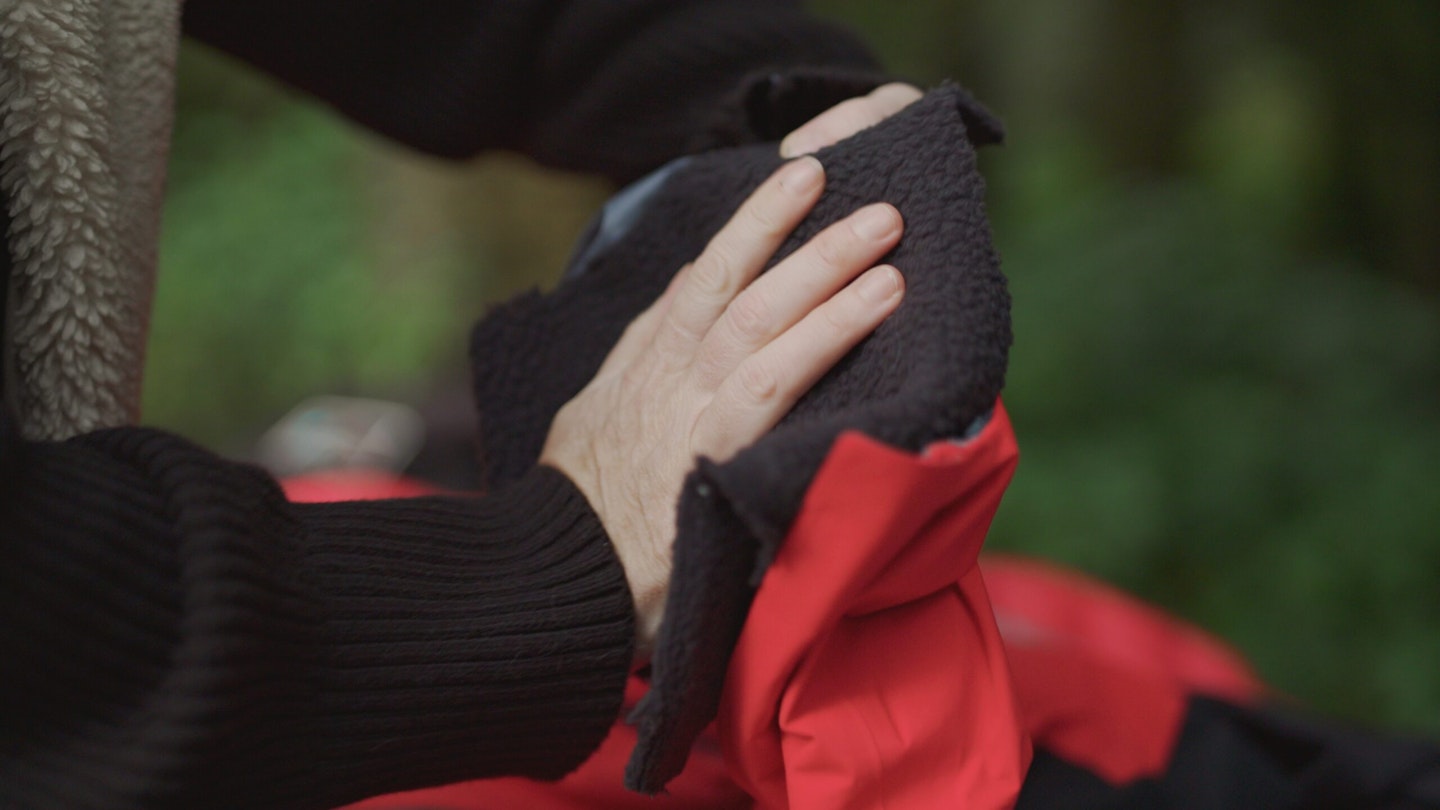
What is Berghaus Adapts?
This programme is working with individuals through an application process to design and adapt outdoor clothing and equipment. The first round took place in Jan-Feb, with the next round to come later this year. To find out more or how you can apply, go to Berghaus Adapts.
What is the Millimetres to Mountains Foundation?
M2M was launched in 2018 by Ed and his wife Lois, a life coach. At its core it's a three-year development programme working with a small number of beneficiaries and tailored to their specific needs, including grants for things such as skills training, therapy, physiotherapy, life coaching and a serious amount of adventure.
But there are also fundraising trips open to all (via ferrata in the Dolomites anyone?) and nationwide Together Outdoors walks, designed to build community and social support. Find out more at Millimetres to Mountains.
Vitals
Name: Michael (Mick) Fowler.
Born : 1956.
Highlights: 28 expeditions to the greater ranges, 3x Piolet d’Or winner, one of the first to climb E6 rock and Grade VI in winter, president of the Alpine Club (2011-2013).
Name: Edward Thomas Bentley Jackson.
Born: 1988.
Highlights: captained England U16 & U18 rugby teams, started Millimetres 2 Mountains Foundation (2018), summited Yr Wyddfa (2018), summited Mera Peak, 6,470m, Nepal (2020), summited Matterhorn (2024).
